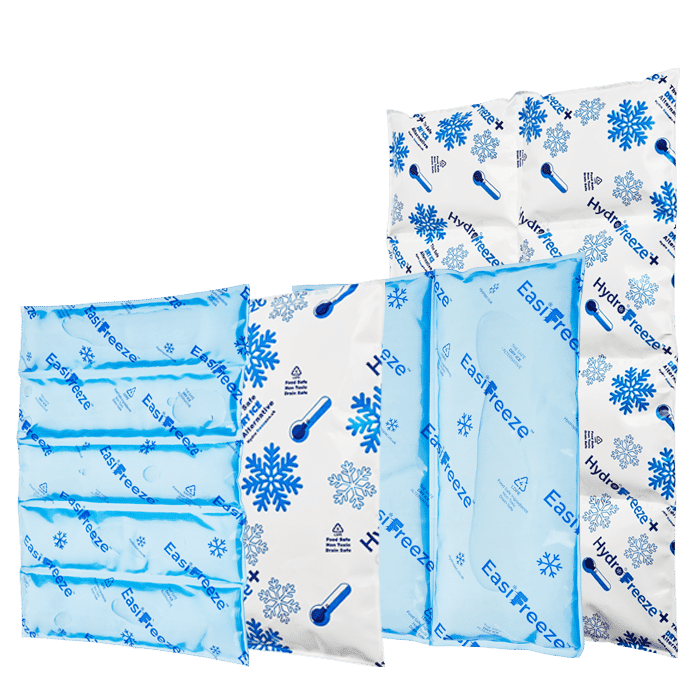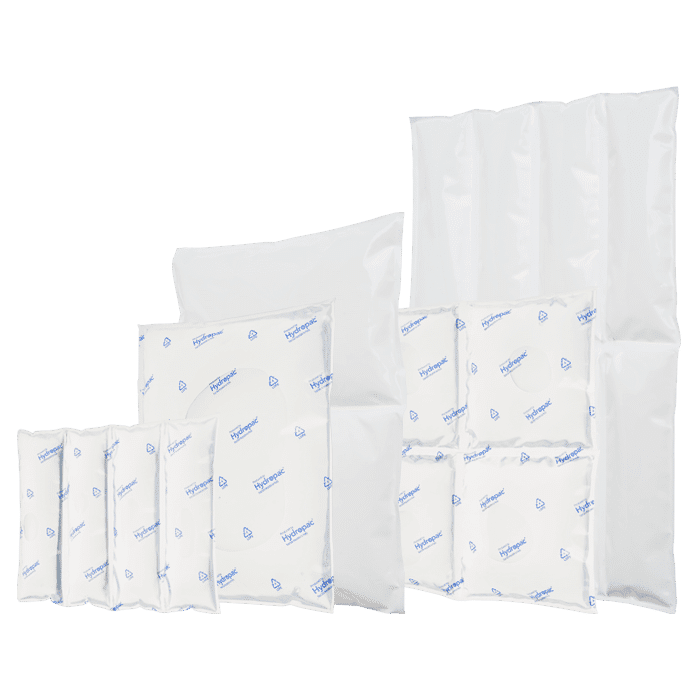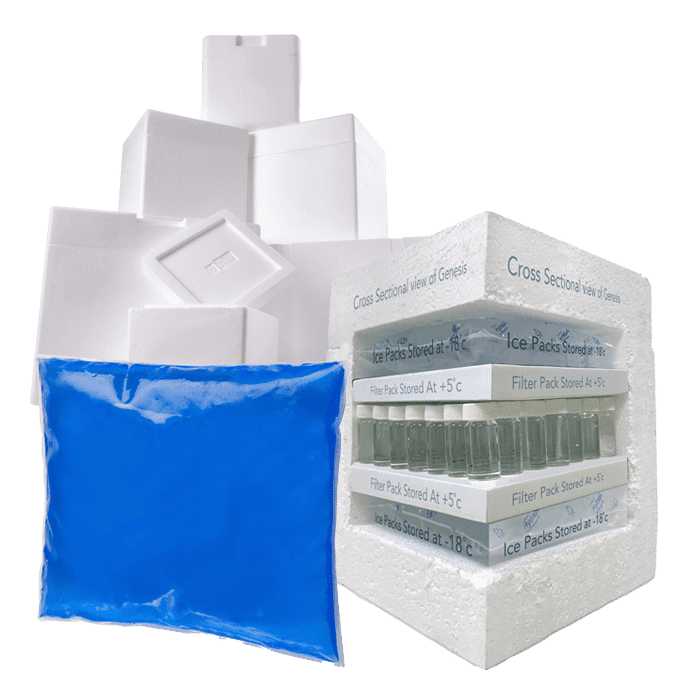Sustainable alternatives to bubble wrap
Since the creation of bubble wrap in the 1950’s, it has become one of the most widely used packaging materials by retailers to protect the contents of items in transit. Bubble wrap is made of clear plastic filled with small air bubbles designed to take the force of any damage that the package may endure. Bubble wrap is light and highly protective, making it perfect for filling any voids in boxes or to wrap products individually, providing cushioning against damage.
Bubble wrap is not currently recyclable, and it can take from 10 to 1000 years to decompose once it is in landfill. Luckily there are many different packaging alternatives that are more sustainable with both recyclable and biodegradable options now available.
Box liners
Corrugated insulated box liners are a great way to provide protection to the inner contents of an item in transit. These consist of strong, corrugated cardboard that works to prevent against any damage to the contents. Below is one of our packaging systems that contains a corrugated box liner to protect the contents of the packaging from being damaged during the delivery process.
- EnviroCool – EnviroCool is a compostable, biodegradable, organic and recyclable packaging system which aims to insulate and protect the contents of the packaging. It is incredibly tough when assembled due to its edge crush strength and Hydropac’s unique mitre-corner system. Put through vigorous testing, this packaging will certainly reduce transit damage claims.
Custom chilled solutions for you
Hydropac offers every customer a customized solution for chilled and conditioned shipping. For example, we help a customer with limited freezing capacity to deliver gel packs frozen and ready to use, and we can manufacture almost all shapes and sizes of cooling elements. As a customer, you come first: we are here to help you.
Expanding honeycomb paper
Die cut honeycomb paper is usually shipped to the retailer in flat form, and they can then expand the paper to create a bubble wrap type of effect when they need it. This can be used to fill voids within packages, to line boxes or be used to wrap up separate objects to protect against damage in transit.
Expanding honeycomb packaging is made from kraft paper and is fully recyclable. However, if it does end up in landfill from improper disposal then it only takes around 2-6 weeks to decompose, which is much better than the 10-1000 years that it takes for bubble wrap to decompose naturally.
Cornstarch foam
Cornstarch foam is a versatile material that can be used to cushion products in transit and provide thermal insulation if needs be. It has been compared to Styrofoam in the way it works, but unlike Styrofoam (which takes around 500 years to decompose in landfill), cornstarch foam can completely disintegrate when it comes into contact with water.
Below are two ways cornstarch foam can be used to protect items during transit.
- Packing Peanuts – corn-based packing peanuts are comparable to Styrofoam packing peanuts and they work to fill any voids within the packaging, preventing damage to the contents when the box is moved. Cornstarch packing peanuts can also instantly dissolve when they come into contact with water.
Sustainability Hydropac and CSR
Sustainability isn’t just a trend for us – it’s a promise. As we innovate, create, and lead, we keep our planet’s well-being at the forefront. With Hydropac, you’re not just preserving the quality of your cargo; you’re contributing to a healthier world.
Experience the power of sustainable temperature assurance with Hydropac – where excellence and environmental responsibility coexist for a brighter future.





